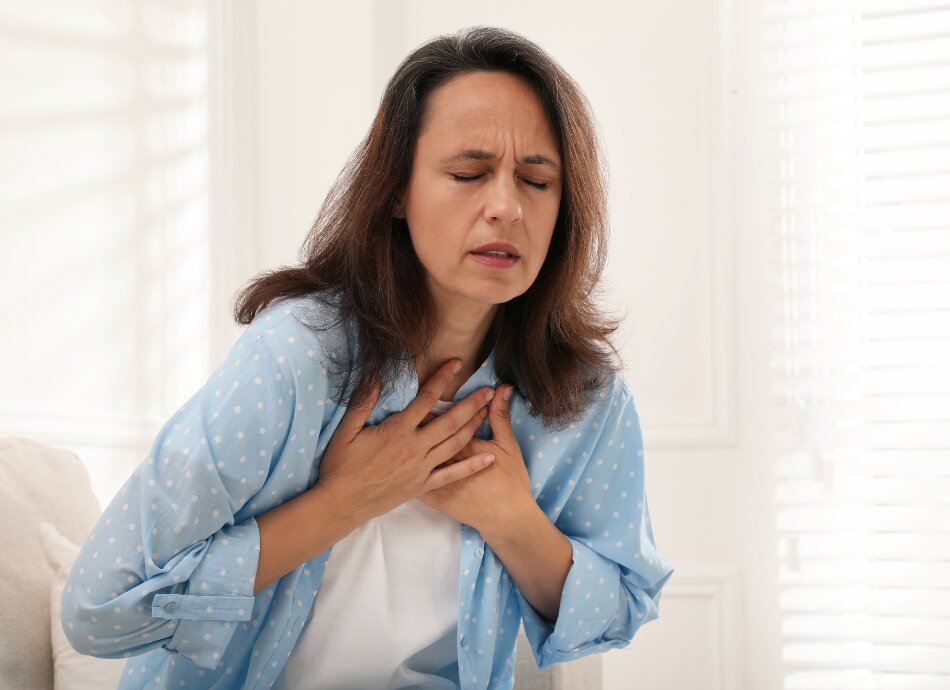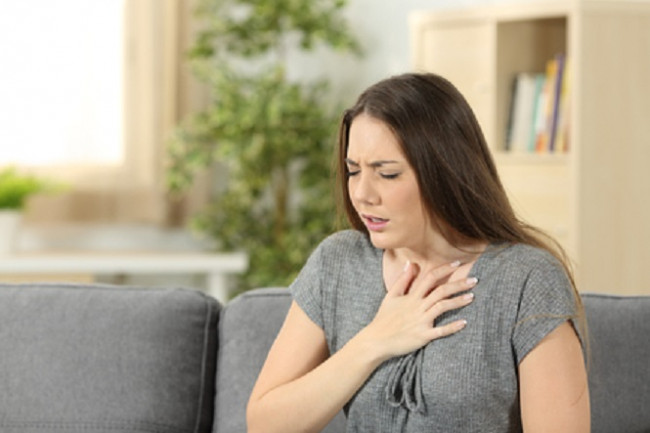Hyperventilation is when you move more air through your chest than your body needs. It may be caused by breathing faster than normal (more than 15 breaths a minute), mouth breathing, sighing or yawning frequently.
Your lungs exchange the oxygen in air you breathe in for the carbon-dioxide your body makes. The air you breathe out then has more carbon dioxide gas in it. People who over-breathe (hyperventilate) lose too much carbon dioxide. This causes changes in your body, including to nerve cells, and blood flow to your heart and brain.
Most people know what it feels like to over-breathe for a short time when you’re stressed or frightened, and that’s very easy to spot.
When hyperventilation is chronic (ongoing) or recurrent and comes with symptoms in your body, or anxiety, it is known as hyperventilation syndrome. The normal pattern of breathing often changes from abdominal breathing to upper chest breathing, often through your mouth. This leads to changes in upper chest and neck muscles, which in turn causes pain, tension and headaches. Natural anxiety over symptoms leads to further over-breathing, creating a vicious circle. This new breathing pattern becomes a major stress all by itself. You might not notice you are over breathing. Instead you might notice lots of different symptoms, and you and your healthcare provider might wonder if you have a serious disease.
Hyperventilation syndrome is one of a group of breathing problems called dysfunctional breathing disorders or breathing pattern disorders.







